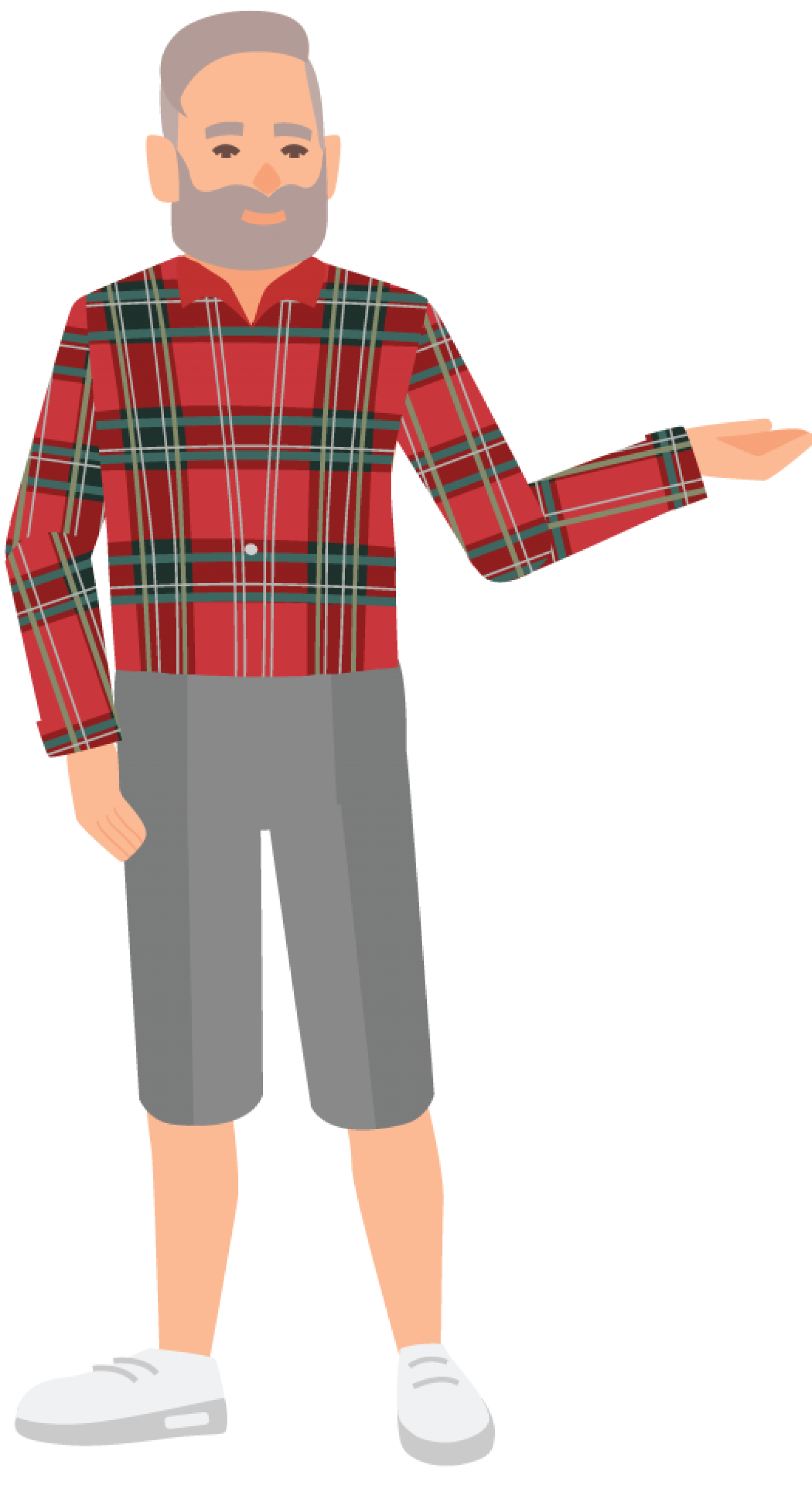Postural Hypotension
What is postural hypotension
Postural hypotension (or orthostatic hypotension) is when your blood pressure drops when you change position from lying down to sitting or standing, or from sitting to standing. It is common in older people. When your blood pressure drops, less blood goes to your organs (including your brain) and muscles. This can make you lightheaded, dizzy, nauseous and weak and, in more severe cases faint. This is how postural hypotension increases your risk of falling.

When do symptoms tend to occur?
- When you change position e.g. getting out of bed too quickly, bend over and stand up again
- After a large meal or excessive alcohol drinking
- During exercise
- When you are ill or frail
What are some of the causes and contributors to postural hypotension?
- Certain medications e.g. for high blood pressure, heart problems, mood and Parkinson’s disease
- Dehydration due to not drinking enough fluids
- Dehydration due to vomiting or diarrhoea
- Prolonged bed rest
- Certain conditions e.g. diabetes, heart problems, anaemia and Parkinson’s disease
- Excessive alcohol
- Acute illness
Did you know?
The recommended fluid intake for adults is 8 cups for women and 10 cups for men per day (unless you have been told to limit your fluid intake). This intake should increase if it is hot, you have been physically active/exercised or if you have vomiting or diarrhoea.
What can be done to help manage postural hypotension?
- See you doctor for assessment of any unexplained symptoms – postural hypotension can be a symptom of an underlying disorder
- See your doctor for a review of your medications, to ensure your medical conditions are optimally managed and, if needed, for medication to treat postural hypotension
- Things you can do: drink plenty of water, eat small frequent meals, limit alcohol, get up slowly and in stages, exercise your legs before changing positions, sleep with your bed head raised, consider wearing support stockings, avoid hot baths and saunas, avoid standing still for long periods – talk to your health care provider about the best options for you

Key points to remember
- Postural hypotension is when your blood pressure drops when you change position e.g. from lying / sitting to standing
- When your blood pressure drops you can feel dizzy, lightheaded, faint and weak which can increase your risk of falls
- There are lots of different causes of postural hypotension e.g. dehydration and certain medical conditions
- Tell your doctor about your symptoms and get properly assessed to help determine how best to manage your symptoms
- There are some simple strategies that might help you manage the symptoms of postural hypotension e.g. get out of bed slowly and in stages, ensure you have adequate fluid intake – talk to your health care provider about what options are best for you
What can I do right now?
- See your doctor for assessment of your symptoms, medication review and to optimise management of your current health conditions
- Exercise gently before getting up (move your feet up and down and clench and unclench your hands) and after standing (march in place)
- Have something steady to hold onto when you first stand up, don’t set off straight away, take it steady when walking and get support if you feel lightheaded
- Drink 8-10 cups of water daily, unless you have been told to limit your fluid intake
- Try not to stand still for long periods without moving
- Participate in regular physical activity
Tip
For more information on postural hypotension visit:
Conclusion
You have finished the article. If you would like to download a copy of this article as a PDF, click the button below.

